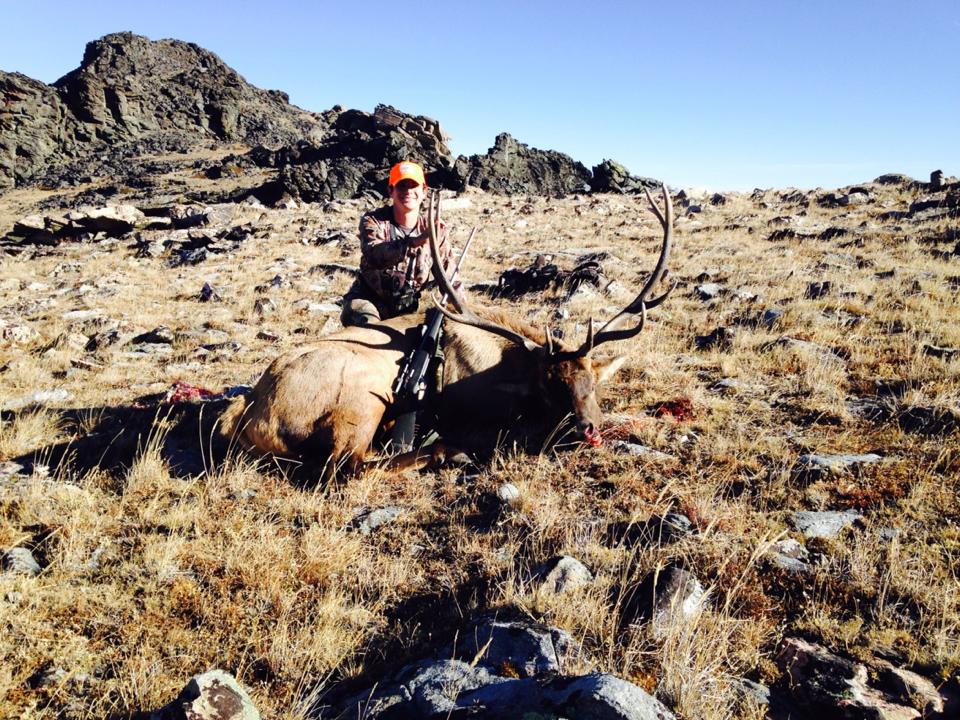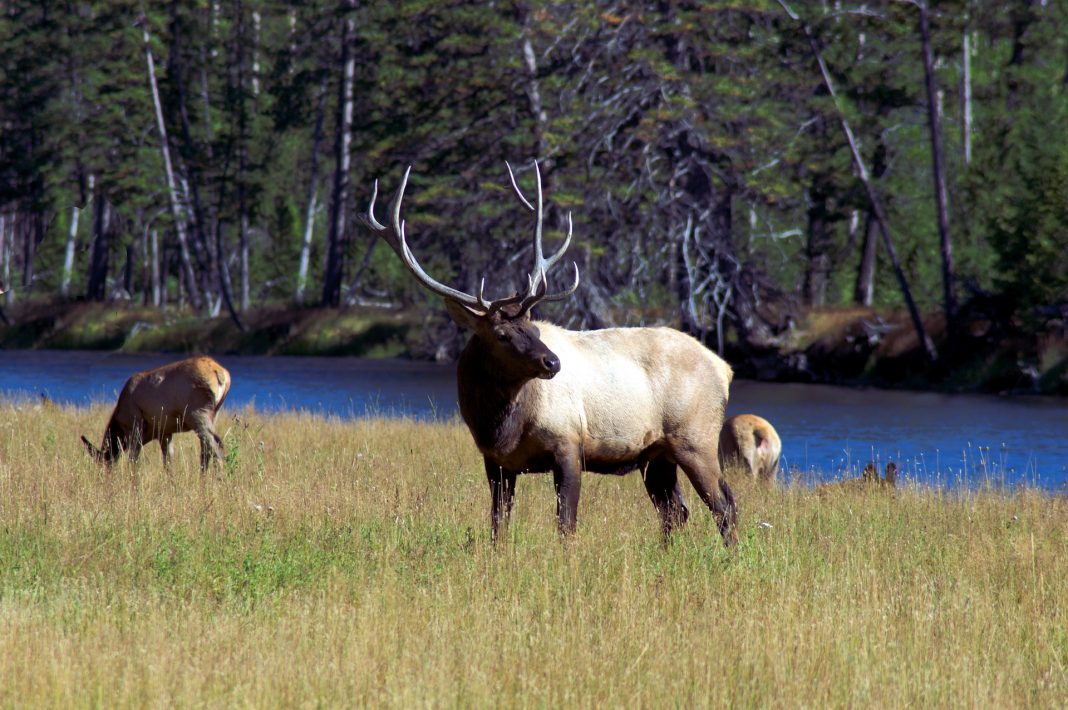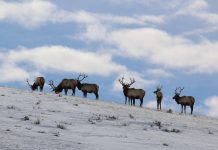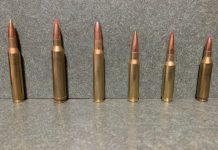Wyoming is seeing more and more hunters applying for elk tags every year. This is happening due to a healthy elk herd, good public access, and ease of application process. The state has no over-the-counter (OTC) for non-residents. Wyoming is broken down into two main elk hunting types, general and limited quota. While similar in many ways there are some big differences that a hunter needs to keep in mind. An applicant can only apply for 1 tag that allows the harvest of either a general or limited-quota bull in the initial draw.
What is a General Unit
General units take up about 2/3 of the state. There are general units in almost every mountain range in the state including Windriver, Wyoming, Snowy, Serria Madre, Bighorn, and Absaroka ranges. Do not overlook the foothills though. Residents can buy a general elk tag over the counter while non-residents have to compete for around 2,000 tags. As of last year, it took non-residents 2-3 preference points to draw a general tag, but less if the non-resident applies for a special tag.
To be clear, anyone with a general license can hunt any general unit in the state. For example, you could go archery hunt (have to buy an archery license on top of tag) in one unit and if you do not fill you could go hunt a completely different unit possibly on the other side of the state during gun season This can greatly extend your season by playing when different areas are open. It is important to know that most general units have different seasons or specifications on the elk that can be harvested. So be sure to do your research. When selecting a general unit to hunt go onto the Wyoming Game and Fish website, look at harvest odds and look at the map to determine public access and elk like habitat. I have been very surprised where I have found elk in general units.
What is a Limited-quota Unit
A limited-quota unit has a set number of tags available. In these areas, 75% of the tags go to residents and 25% go to non-residents. Residents are completely random in drawing these tags. Non-residents are broke down into three categories regular, special, and random. Most of the tags go to those with the most points but some can go to random. This depends on how many non-residents tags are allowed for a unit. Do not be discouraged if you do not have any points. There are some units that can be drawn with 0 points, however, units with the higher success rate and better trophy quality take several points.
The only way to determine how many points an area takes to draw is to go onto the Game and Fish’s website and go to draw odds. With this tag, only the unit drawn can be hunted unless the regulations state otherwise. Be careful to look at the types of tags you are applying for. For example, a type 9 tag is typically archery only, and type 2 often has special regulations.

What is a non-resident special license
A special license is much more expensive. The best part about a special license is that it makes drawing the tag easier with fewer preference points. Residents do not have a special license.
I didn’t draw a license can I still hunt
The answer is yes! Unsold tags go on a leftover draw sometimes at the end of June/early July. After the leftover draw, the tags go on sale at a first come first served basis. Non-resident hunters can keep their preference points if they draw in the leftover draw.
Getting preference points
Residents can not get preference points. However, non-residents can buy one preference point a year even without applying an elk tag from July-October for $50. A non-resident hunter can elect to buy a preference point with their tag application and if they do not draw they will gain a point.
How do I know what is General or Limited-quota
Go onto Game and Fish’s website and go to the hunt planner and click on elk hunting, there you can click on different units and determine if they are a general or limited quota area. If the unit has a GEN on it it’s general. If the area has a type 1 tag it is usually a limited quota. Non-residents can apply for elk tags during the month of January while residents deadline is the end of May.















